#uwmdistcoll
Text
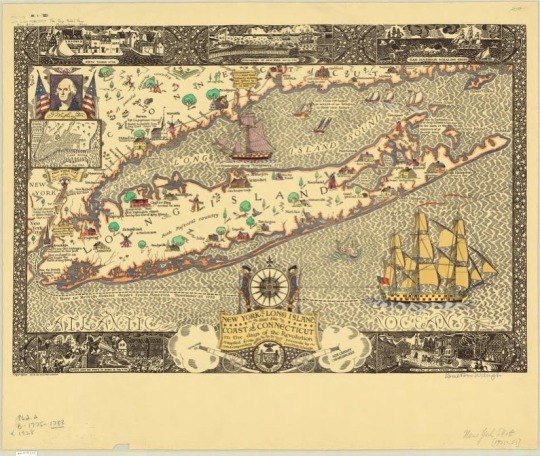

Happy Monday map lovers! You all know what that means...it’s #MapMonsterMonday ! This week’s monster can be found on Coulton Waugh’s 1928 map titled “New York, Long Island and the coast of Connecticut in the days of the Revolution.” The outer edges of this map are adorned with scenes from the American Revolutionary age, such as the tearing down of the statue of King George III in 1776. This map and its monster can be viewed on our digital collection!
Link to Digital Collection:
Digital ID: am015128
Call Number: 862.2 B-1775-1783 1928
#maplibrary#maps#history#library#agsl#uwmdistcoll#map library#monsters#maplibraries#cartography#monstermonday#map monster#map monster monday
12 notes
·
View notes
Photo



Happy First Day of Spring Semester, Panthers!
Today marks the first day of Spring Semester here at UWM, and the first day of virtual classes for many of our students. As many of you log on from the comfort of your beds today, we hope you enjoy a photograph of UWM students past also starting their semesters in bed!
This undated black and white photograph shows UWM fraternity and sorority students participating in a bed racing contest sometime during the 1950s or 1960s. We wish you the same steady concentration as you race into a new semester!
This photo can be found in Box 11 of our UW-Milwaukee Photographs Collection here at the UWM Archives, as well as online in our UWM Photos Digital Collection.
#UWM Archives#UWM Photos#1960s#1950s#Vintage Photos#Spring Semester#Virtual Classes#zoom university#UWM History#Bed Racing#Sororitiy#Fraternity#Greek Life#1960s fashion#1960s College#Milwuakee#Digital Collection#UWM Distinctive Collections#uwmdistcoll#Lizzie#new semester
14 notes
·
View notes
Photo

In honor of Native American Heritage month, we're highlighting our new acquisition, The Story of Wisconsin Indians, created by Ludwig Cinatl, Jr. and featured in the Sunday, December 3, 1967 edition of The Milwaukee Journal.
The map shows Wisconsin place names in their original, pre-colonial language, historical information about different tribes, and has historical markers as early as the 100 BC depicting the beginning of the effigy mound culture. The bulk of the map depicts events between 1634 and the mid-1800s.
The map also includes 4 ancillary maps entitled: "Principal Indian Cessions 1829-1848" and "Location of Indian Tribes 1634," "Location of Indian Tribes 1634-1750" and "Location of Indian Tribes 1750-1825."
#Wisconsin#NativeAmericans#TheStoryOfWisconsinIndians#TheMilwaukeeJournal#LudwigCinatlJr#GreatLakes#Colonialism#agsl#uwmdistcoll#postbyLillianandGeorgia
58 notes
·
View notes
Photo

This map is one of my top ten favorite! Map of Southern Turkestan was made as a base map by Ellsworth Huntington for the American Commission to Negotiate Peace (the Inquiry) for their "Map of the Caspian Sea and of the region to the East," to be used at the Paris Peace Conference.
Not only is the relief shown by some beautiful shading, but the annotations describe the contents of the map and show where map is to be altered and trimmed for the Inquiry's purposes: "The shaded area shows the region between the Caspian Sea and the Sea of Aral which would be submerged if Aral should be filled to overflowing, and the Caspian should rise about 150 feet above the present level (after Konchin)"--[Ellsworth Huntington]. The map was one of over 700 items from our collection that were loaned to the Peace Conference at Versailles. All items that went were marked with the stamp or given a sticker that reads: "Loaned by the American Geographical Society to the Peace Conference at Versailles, 1918-1919."
I use the map as a teaching tool to show how maps themselves are sometimes "in progress." There are annotations all over the place, the title is scratched out, and there are notes to fix the shading in some places.
#Turkestan#Southern Turkestan#Ellsworth Huntington#American Commission to Negotiate Peace#The Inquiry#Caspian Sea#Peace Conference at Versailles#1918#agsl#uwmdistcoll#postbyGeorgia#Paris Peace Conference
30 notes
·
View notes
Text

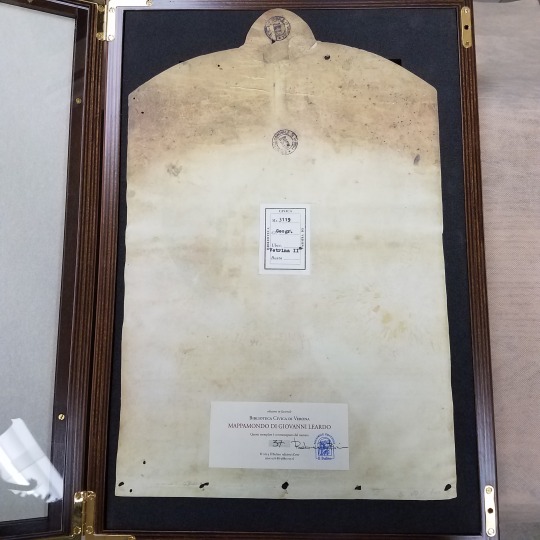
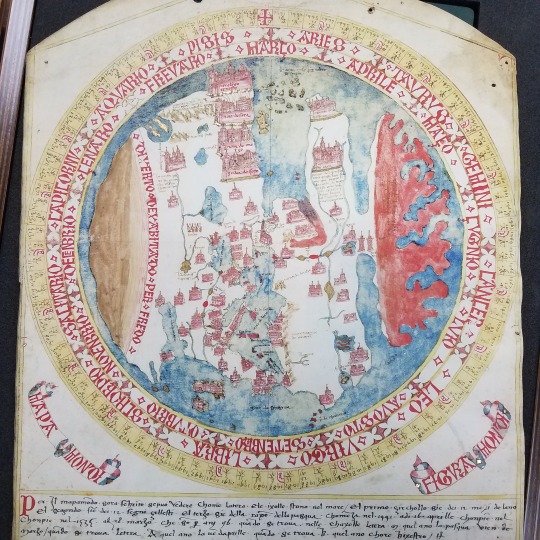
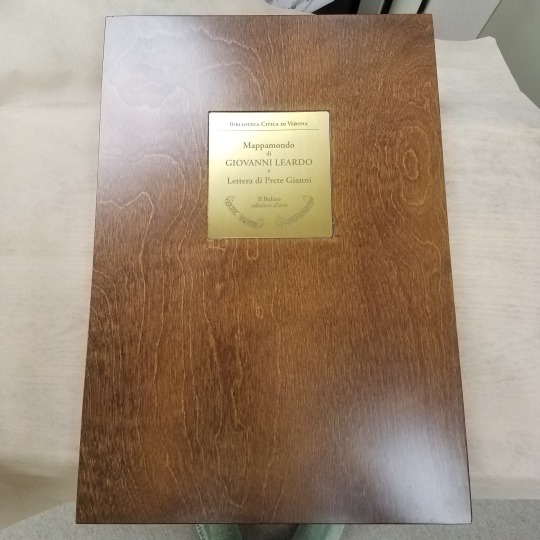
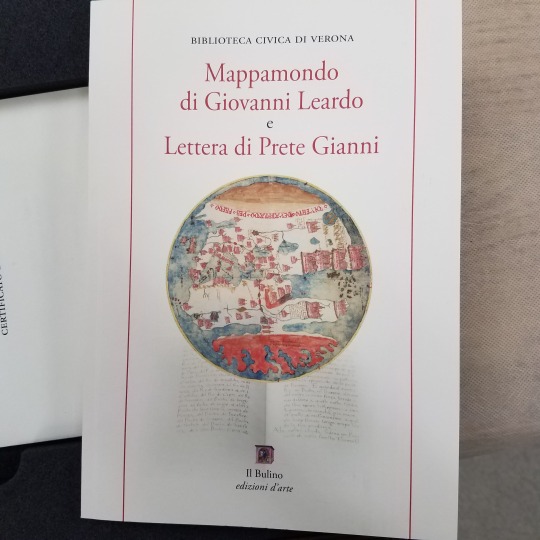
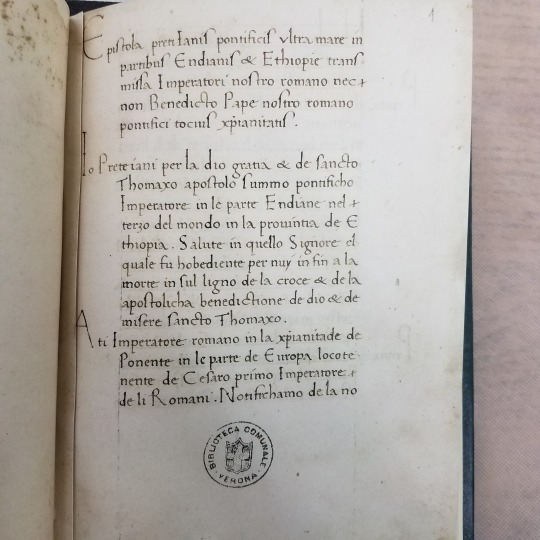

We got mail today! A facsimile of Giovanni Leardo's 1442 Mapa Mundi is being added to the collection. If it looks familiar (check out our profile picture!), it's becauee the oldest map in our collection is Leardo's 1452 Mapa Mundi.
The 1442 map is held in Verona, Italy, & is the earliest of the three known Leardo works. His second map was made in 1448 & our map is the latest of the maps.
The green book that comes with the facsimile is the Letter of Prester John. The book is said to have inspired exploration in the centuries following its publication, making it a good companion piece for the map.
#MapaMundi#GiovanniLeardo#Facsimile#WorldMap#LetterOfPresterJohn#FifteenthCentury#Cartography#agsl#uwmdistcoll#maplibrary
17 notes
·
View notes
Photo
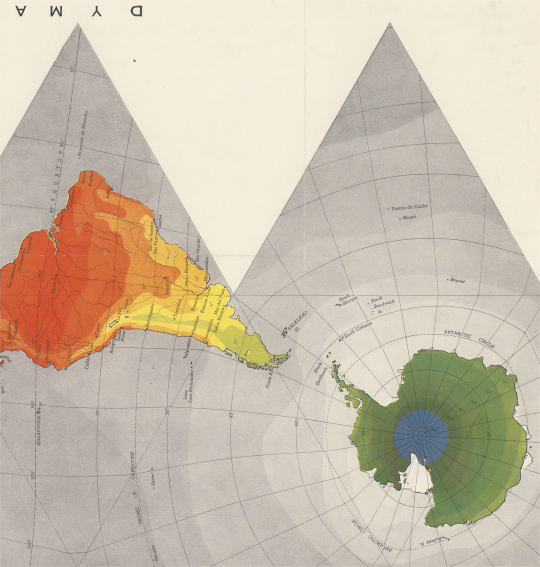


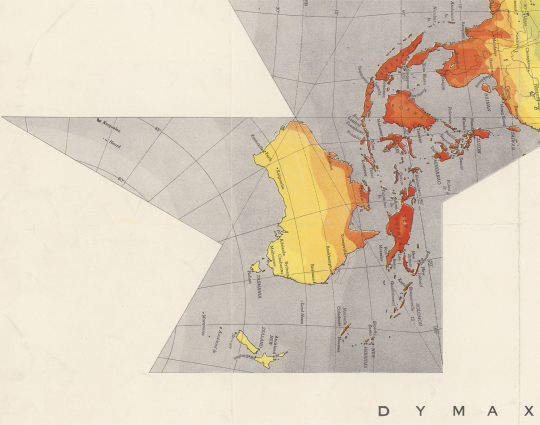
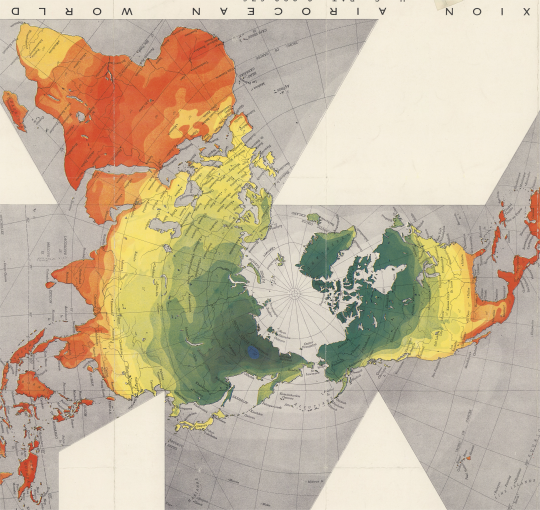
#World Map Wednesday
This world map comes from the R. Buckminster Fuller Fuller Projection, specifically the Raleigh Edition showing the airocean world. It was published in 1954 and was made by Fuller and Shoji Sadao.
The Dymaxion representation of the globe is designed to show Earth's continents with minimum distortion.
050 J-1954
658 notes
·
View notes
Photo





Talk about social distancing! The explorers in these photos know how to stand 6 feet apart, even on the way to the North Pole. These photos come from the Arctic Region on one of Robert Peary’s Arctic Expeditions to the North Pole. This expedition took place from 1898-1902, and the photos were taken by Peary himself.
Part of the group during this trip was Matthew Henson, famed black explorer, and a member of 18 of Peary’s 26 expeditions. He is featured in the 3rd photograph.
#Arctic Region#Photography#Robert Peary#Matthew Henson#North Pole#Social Distancing#1898#1902#Exploration#Expedition#agsl#uwmdistcoll
140 notes
·
View notes
Photo

This map is probably our most popular one. Students, researchers, and media outlets alike ask to see this map every semester. It is a 1938 Milwaukee County residential security map prepared by Division of Research and Statistics with the co-operation of the Appraisal Department of the Home Owners' Loan Corporation. It corresponds with a binder filled with notes and information about each section listed. The scale consists of four colors: blue, green, yellow, and red. According to this company, blue and green represented good areas to give loans, and red and yellow represented bad areas to give loans.
Residential security maps are most often called redlining maps, and these maps from 80 years ago show how modern cities are affected by the past. What better example of systemic racism is there than to see mainly non-white communities labeled red on this map?
As one of the most segregated cities (if not the most segregated city) in America, this map shows roots of this problem. When I-43 was built, it was constructed in predominantly black communities. Not only was the interstate built where black people lived but in places where black businesses were successful. All of this I’ve learned from students and researchers who have come into the AGSL to tell this map’s story and its effect on our city today.
Call number: 893-c .M54 E-1938 2015
[Image description: A map of Milwaukee County, Wisconsin, showing different sections of the county in four colors: blue, green, yellow, and red.]
#Black Lives Matter#Milwaukee#Wisconsin#Redlining#Home Owners Loan Corporation#Systemic Racism#Residential Security Map#agsl#uwmdistcoll#postbyGeorgia
74 notes
·
View notes
Photo

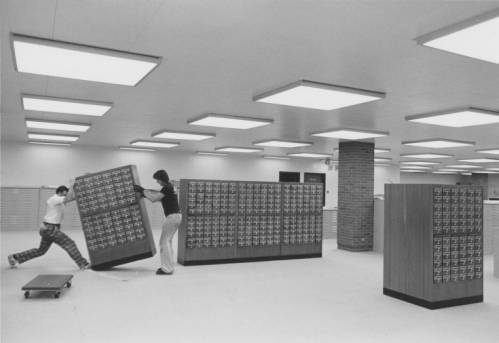
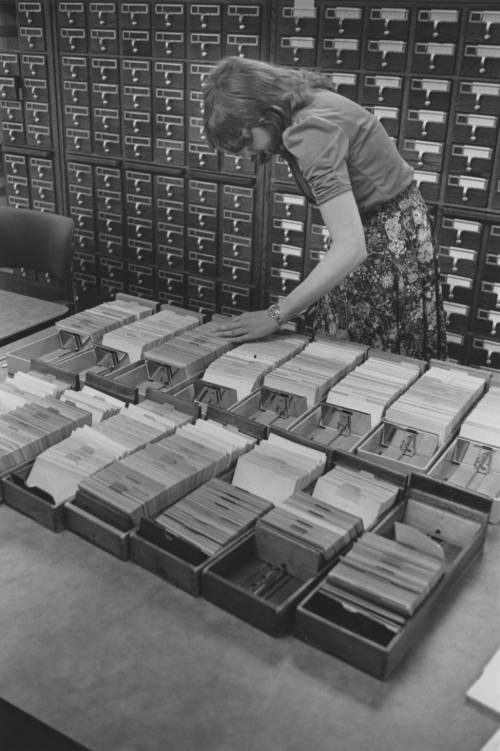


Happy National Library Week!
In honor of this week, here are some photos of when our library made it to Milwaukee! The first photo is moving trucks arriving to the library building, with a crowd awaiting it. Next is the card catalogs being placed in the AGSL, where they still reside today. Thousands of cards, some handwritten, were moved from New York City. Jovanka Ristic, who is the current Reference Librarian, is pictured cataloging a map, and in a map printed shirt! The last photo depicts “Susan Peschel [the current Visual Resources Librarian] inputs Current Geographical Publications with a microcomputer. Automation at last!” Some captions or were words were taken from Current Geographical Publications, Volume 51, number 11, December 1988.
#Milwaukee#American Geographical Society Library#Jovanka Ristic#Susan Peschel#Card Catalog#Cataloging#Maps#Current Geographical Publications#agsl#uwmdistcoll#post by Georgia
86 notes
·
View notes
Photo





With tomorrow being Leap Day, check out Lover’s Leap on Mackinac Island in Michigan, “The Island of Romance.” The first picture shows Lover’s Leap in the distance, and the next two pictures show more photos of the island. On the map, this spot can be found just north of Mission Point on the southeast part of the island.
The photos were taken by Robert S. Platt in 1919, and the map was made by the Arnold Transit Company in 1950. The map shows ferry routes for the summer months.
843-c .M3I8 A-[195-?]
#Leap Day#Lover's Leap#Mackinac Island#Michigan#Robert S Platt#Arnold Transit Company#1919#1950#Summer#Ferry#agsl#uwmdistcoll
144 notes
·
View notes
Photo




This map of Liberia comes from “Liberia Today,” a publication made by the United States Embassy in Liberia in 1955. This issue of the publication Vol. 4, No. 2. The map’s Note shared that: “Areas in which water courses are shown by continuous lines are mapped from the U.S. Army’s aerial survey “Casey Jones” and where shown by broken lines are taken from reconnaissance maps by De Groot, Harley, and Mellish.” The Note section fails to mention the coloration of the business sections of the map.
326 E-1955
83 notes
·
View notes
Photo

We hope everyone had an excellent Halloween with lots of candy and lots of vigorous teeth brushing afterwards.
This photograph of a dentist from Milwaukee Children’s Hospital makes us grateful for all the advances in dentistry and pediatric care since 1935.
Since it’s November and Thanksgiving is approaching, what makes you grateful today?
This photograph can be found in the James Blair Murdoch Photographs, UWM Mss 131, at the UWM Archives and online in our Digital Collections.
#uwmarchives#uwmdistcoll#halloween#vintagedentist#halloweencandy#Vintage Photo#1930s#1935#1930s Photograph#Milwaukee Children's Hospital#Digital Collection#James Blair Murdoch#black and white photo#history of dentistry#sweet tooth#Digital Collections#November#Thankful#childrens dentist
13 notes
·
View notes
Photo

Presidential Debate 2020
Took a sip of our debate-orade this morning in preparation for the first Presidential Debate of 2020. This map depicts the Presidential Election results from all the elections from 1789 to 2008. It was originally published by the USGS in 2009 for the National Atlas of the United States of America.
You can check out this map at our Digital Collections. [Image description: The image is composed of multiple maps of the United States ranging from 1789 to 2008. Each map shows who each state voted for and what party they represent. The election year 2008, the most recent election from map publication, is larger than the rest and actually shows the break down of counties.]
#PresidentialElection#Atlas#Elections#Debates#USA#UnitedStates#Presidents#agsl#uwmdistcoll#postbyGeorgia
15 notes
·
View notes
Photo
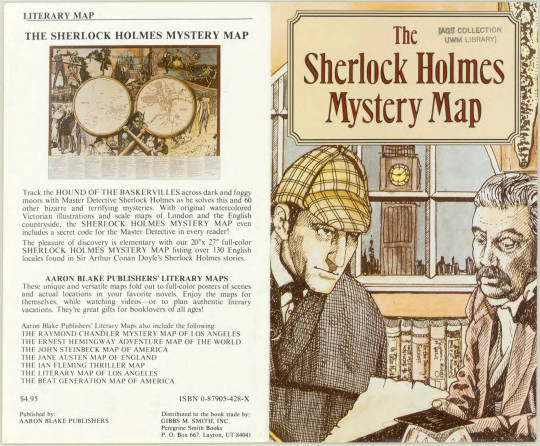
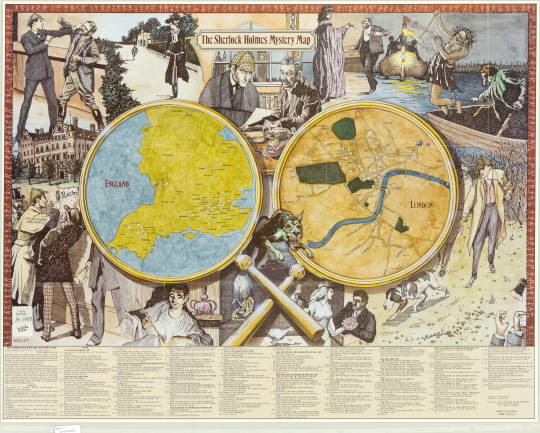
Happy Birthday to Arthur Conan Doyle! To celebrate, we’re posting The Sherlock Holmes Mystery Map! The map was published in 1987 by Aaron Blake Publishers, who has a series of Literary Maps. The creator was Jim Wolnick, and the graphics were done by Susan A. Lewis. The map shows Sherlock’s adventures around London and England.
Call number: 622 M-1987
[Image description: The first image shows the front and back covers of the map. The left half has a text description of the maps contents, and a smaller replica of the map at the top. The right side has a graphic of Sherlock and Watson, and the title The Sherlock Holmes Mystery Map. The second image has two circular maps in the middle of images of Sherlock and Watson on various adventures. The left circle is a map of southern England dotted with numbers corresponding with cases. The right circle shows London with the similar numbers corresponding with cases.]
#Arthur Conan Doyle#Aaron Blake Publishers' Literary Maps#Jim Wolnick#Susan A. Lewis#London#England#Sherlock Holmes#Mystery#Literary geography#agsl#uwmdistcoll#postbyGeorgia
51 notes
·
View notes
Photo
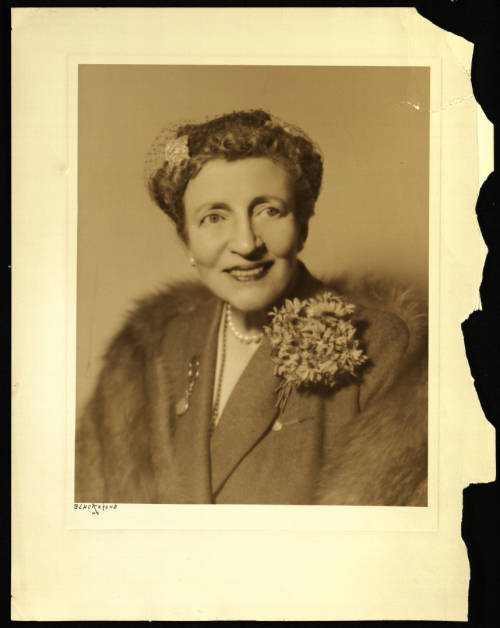


Louise Arner Boyd (pictured above), lead expeditions to the Arctic from 1926-1941, where she focused on polar geography and photography. The map featured hand written annotations by Louise Boyd in red to show: icebergs, noon positions, heavy ice, slack ice, ice edge, Danish vessel "Gustav Holm," routes and dates. The third photo is Louise Glacier at Avannaarsuani Tunumilu Nuna Allanngutsaaliugaq (Northeast Greenland National Park), formerly known as Louise Boyd Land.
Map’s call number: 110-b B-1931 Boyd Expedition of 1931
[Image description 1: A photo of Louise Arner Boyd with her hair pulled back in a net. She wears a sport coat jacket and large flower brooch. Image 2: A map of the Arctic Ocean and the Greenland Sea with red annotations by Boyd. Image 3: A black and white photo of a glacier.]
#Louise Arner Boyd#Arctic#Explorations#Expeditions#Glacier#Louise Boyd Land#Northeast Greenland National Park#Avannaarsuani Tunumilu Nuna Allanngutsaaliugaq#Arctic Ocean#Greenland#agsl#uwmdistcoll#postbyGeorgia
66 notes
·
View notes
Text
We’re Open!

The UWM Archives is officially open by appointment only beginning today, October 6th. While we encourage you to continue utilizing our reference services remotely, here is what you need to know if you plan to visit the UWM Archives in person:
-We are open for appointments on Tuesdays, Wednesdays, and Thursdays from 9am-12pm and from 1-4pm.
-Appointments must be requested at least 48 hours in advance, along with the materials you plan to work with. No materials can be pulled during your visit, so please plan ahead!
-Remember to wear your mask, bring your photo ID, and a phone or camera to take pictures with since our public scanners are unavailable.
-You can request an appointment using this link: https://uwm.edu/libraries/forms/visit-distinctive-collections/
You can review our full reopening policies and procedures here. We look forward to working with you!
The black and white photograph above shows students visiting the UWM Library and having their library books inspected sometime during the 1970s. You can find this photograph online in our UWM Photos Digital Collection or in Box 6 of the UW-Milwaukee Photographs Collection here at the UWM Archives.
#UWM Archives#COVID19#Reopening#uwmdistcoll#UWM Libraries#Wear Your Mask#1970s#vintage library#black and white photography#Digital Collection#UWM Photos#vintage photo#1970s college
13 notes
·
View notes